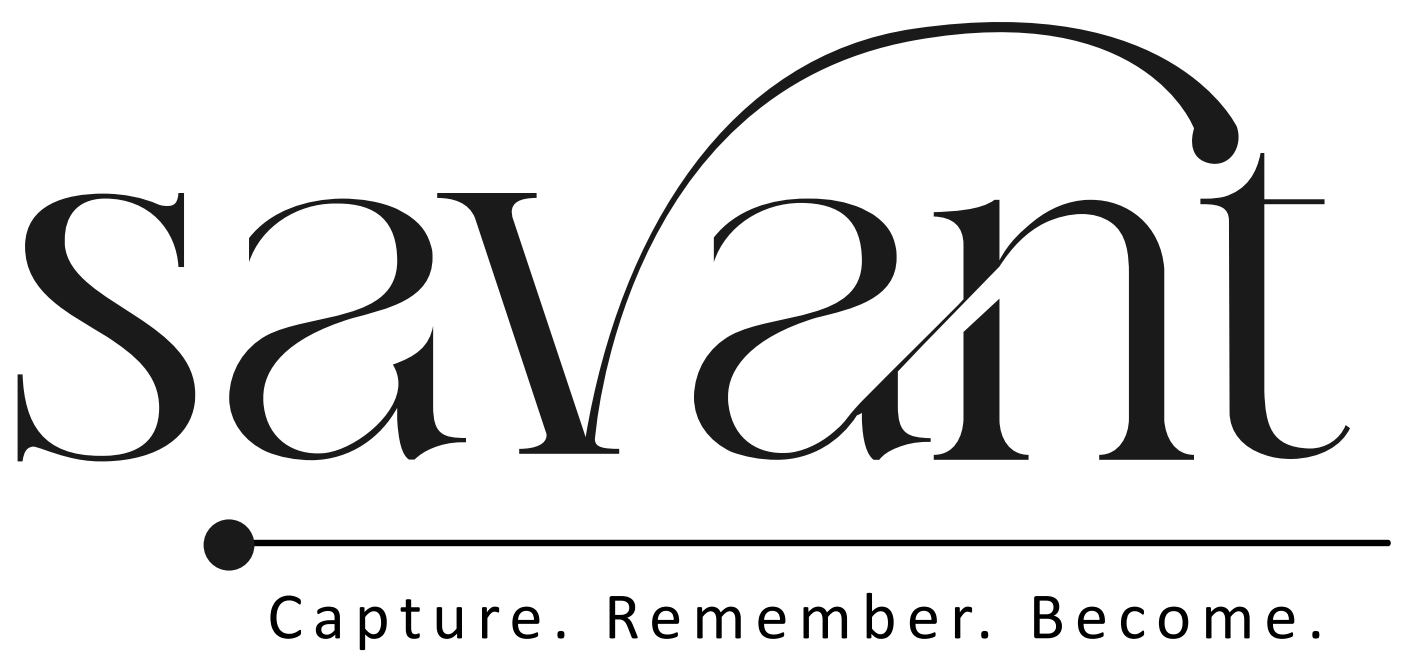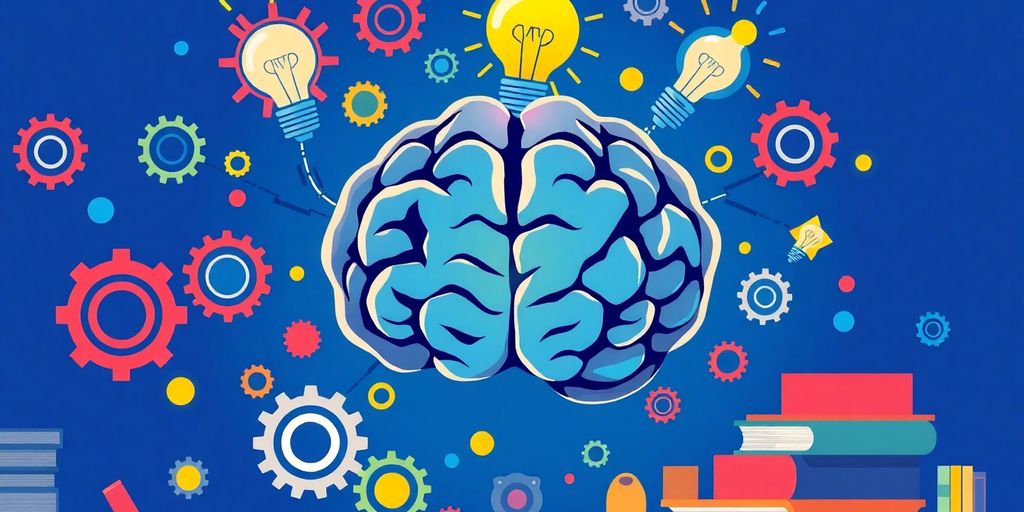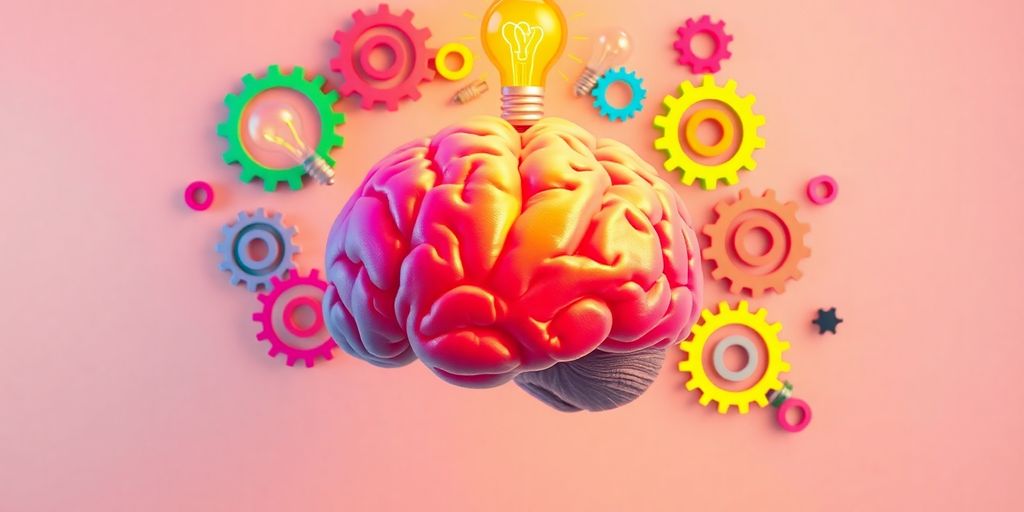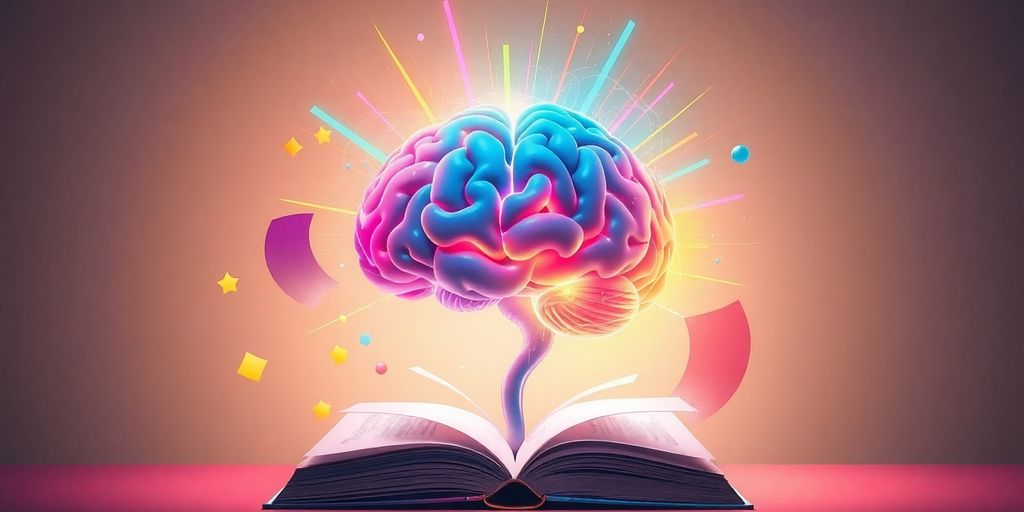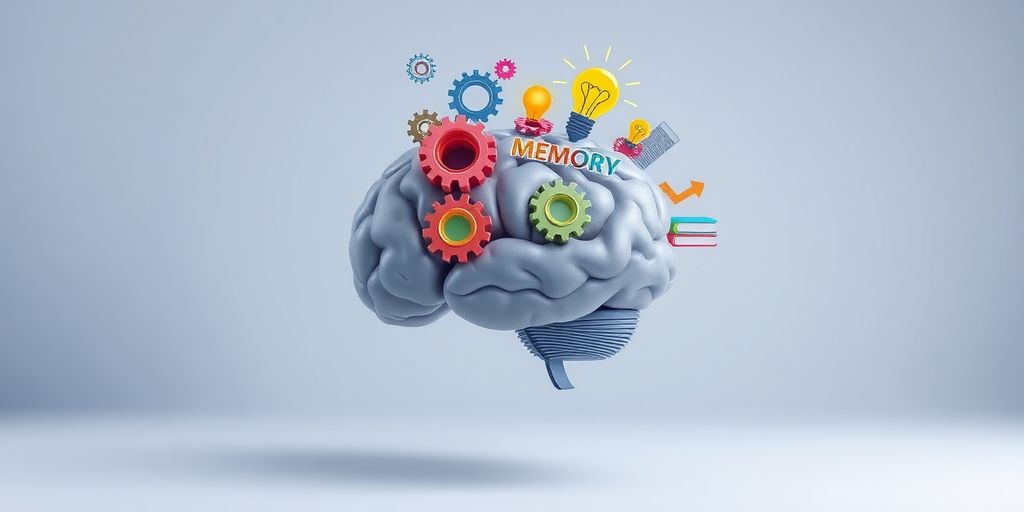Taking effective notes is a crucial skill for students and professionals alike. One method that stands out for its visual appeal and organizational benefits is the Mapping Method. This guide will help you understand the Mapping Method, its advantages, and how to apply it effectively in various situations. By mastering this technique, you can enhance your learning experience and improve your retention of information.
Key Takeaways
- The Mapping Method helps visualize connections between ideas, making it easier to understand complex topics.
- Using colors and symbols can enhance your maps and make them more engaging.
- Mind maps are great for brainstorming and organizing thoughts visually.
- This method is versatile and can be used in academic, professional, and personal settings.
- Regular practice with the Mapping Method can improve your note-taking skills over time.
Understanding the Mapping Method
What is the Mapping Method?
The Mapping Method, often called mind mapping, is a fun and creative way to take notes. It helps you visualize connections between ideas! You start with a central idea and branch out with related topics. This method is perfect for subjects that have complex relationships or interconnected concepts.
Benefits of Using the Mapping Method
Using the Mapping Method has several advantages:
- Visual Learning: Great for those who learn better with images.
- Brainstorming Aid: Perfect for generating ideas during projects.
- Memory Enhancement: Helps you remember by showing how ideas connect.
The Mapping Method is not just about taking notes; it’s about creating a visual story of your thoughts!
Common Misconceptions About the Mapping Method
Many people think that mind mapping is just doodling. However, it’s a structured way to organize thoughts. Here are some common myths:
- It’s only for creative people.
- It’s too messy to be useful.
- You can’t use it for serious subjects.
By understanding these points, you can see how the Mapping Method can be a powerful tool for effective note-taking!
Getting Started with the Mapping Method
Essential Tools for Mapping
To kick off your journey with the mapping method, you’ll need a few essential tools. Here’s a quick list to get you started:
- Paper: A blank sheet or a notebook works great.
- Markers or Colored Pencils: These help make your maps visually appealing.
- Sticky Notes: Perfect for jotting down ideas that you can move around.
Step-by-Step Guide to Creating a Mind Map
Creating a mind map is simple and fun! Follow these steps:
- Start with a Central Idea: Write your main topic in the center of the page.
- Draw Branches: Create branches for subtopics that relate to your main idea.
- Add Details: Keep adding details to each branch, using keywords or short phrases.
- Use Colors and Symbols: Make it visually engaging by incorporating colors and symbols.
Tips for Beginners
- Keep It Simple: Don’t overthink it; just let your ideas flow.
- Review Regularly: Go back to your mind maps to reinforce your memory.
- Practice: The more you map, the better you’ll get!
Remember, the mapping method is all about unlocking better note-taking with mind mapping. It can improve creativity and comprehension!
Advanced Techniques for Effective Mapping
Incorporating Colors and Symbols
Using colors and symbols in your maps can make them more engaging and easier to understand. Here are some tips:
- Choose a color scheme: Pick a few colors to represent different themes or categories.
- Use symbols: Create a set of symbols to represent common ideas or actions.
- Highlight key points: Use bright colors to make important information stand out.
Using Digital Tools for Mapping
Digital tools can enhance your mapping experience. Here are some popular options:
- MindMeister: Great for collaborative mind mapping.
- XMind: Offers various templates and styles.
- Coggle: Simple and user-friendly interface.
These tools can help you create maps that are not only visually appealing but also easy to share and edit.
Collaborative Mapping Techniques
Working with others can lead to richer maps. Here’s how to do it:
- Brainstorm together: Gather ideas from everyone involved.
- Divide tasks: Assign different sections of the map to each person.
- Review and refine: Come together to discuss and improve the final map.
Remember, mapping is not just about taking notes; it’s about creating a visual story of your thoughts!
By using these advanced techniques, you can take your mapping skills to the next level and make your notes more effective and enjoyable!
Applying the Mapping Method in Different Scenarios
Mapping for Academic Success
Using the Mapping Method in school can be a game-changer! It helps you visualize connections between topics, making it easier to understand complex subjects. Here are some ways to use it:
- Create mind maps for each chapter to summarize key points.
- Use colors to differentiate between main ideas and details.
- Review your maps regularly to reinforce your memory.
Using Mapping in Professional Settings
In the workplace, the Mapping Method can boost creativity and collaboration. Here’s how:
- Brainstorm ideas during meetings using mind maps.
- Organize project tasks visually to see the big picture.
- Share your maps with colleagues for feedback and improvement.
Personal Applications of Mapping
You can also use mapping in your daily life! Here are some fun ideas:
- Map out your goals to visualize your path to success.
- Create a mind map for planning events or trips.
- Use it to track habits and progress over time.
The Mapping Method is not just about taking notes; it’s about creating a visual story of your thoughts! Embrace this method to enhance your learning and productivity.
By applying the Mapping Method in various scenarios, you can make your notes more engaging and easier to understand. So grab your markers and start mapping your way to better productivity!
Troubleshooting Common Issues

Overcoming Creative Blocks
Sometimes, you might feel stuck when trying to create a mind map. Here are some tips to help you get back on track:
- Take a break: Step away for a few minutes to clear your mind.
- Change your environment: A new setting can spark fresh ideas.
- Use prompts: Write down a few keywords related to your topic to kickstart your creativity.
Avoiding Information Overload
When you gather too much information, it can be overwhelming. To manage this:
- Focus on key points: Identify the most important ideas to include.
- Use abbreviations: Shorten phrases to save time and space.
- Summarize after class: Write a brief recap of what you learned to reinforce your understanding.
Maintaining Consistency in Your Maps
Keeping your mind maps organized is crucial. Here’s how to stay consistent:
- Use a color scheme: Assign colors to different topics for easy identification.
- Stick to a layout: Choose a structure and use it for all your maps.
- Review regularly: Go over your maps to ensure they remain clear and relevant.
Remember, note-taking is a skill that improves with practice! Stay positive and keep experimenting with different techniques until you find what works best for you!
Enhancing Your Mapping Skills
Regular Practice and Review
To get better at mapping, practice is key! Here are some tips to help you improve:
- Set aside time each week to create new mind maps.
- Review your maps regularly to reinforce what you’ve learned.
- Experiment with different styles to find what works best for you.
Learning from Examples
Looking at examples can spark your creativity! Here’s how:
- Search for mind maps online related to your subjects.
- Analyze their structure and see what techniques they use.
- Try to recreate a few examples to understand their flow.
Seeking Feedback and Improvement
Getting feedback can help you grow! Consider these steps:
- Share your maps with friends or teachers for their thoughts.
- Ask for specific advice on areas you can improve.
- Incorporate their suggestions into your next mapping session.
Remember, the more you practice and seek feedback, the better your mapping skills will become! Keep pushing yourself to improve.
Combining Mapping with Other Note-Taking Methods
Integrating Mapping with the Cornell Method
The Cornell Method is a structured way to take notes, and it can work well with mapping. You can start by using the mapping technique to brainstorm ideas, then organize those ideas into the Cornell format. This way, you get the best of both worlds: visual connections and structured notes.
Using Mapping Alongside the Outline Method
If you prefer a more organized approach, the Outline Method can be combined with mapping. Begin with a mind map to explore your ideas freely, then create an outline to structure those ideas hierarchically. This helps you see the big picture while also keeping your notes tidy.
Blending Mapping with Digital Note-Taking Tools
Digital tools can enhance your mapping experience. You can use apps that allow you to create mind maps and then integrate them with other note-taking methods. This way, you can easily switch between visual and structured notes, making your study sessions more effective.
Combining different note-taking methods can really boost your learning! It allows you to engage with the material in various ways, making it easier to remember.
Key Takeaways
- Experiment with different combinations to find what works best for you.
- Use mapping to visualize connections, then structure those ideas with other methods.
- Digital tools can help you blend techniques seamlessly.
By mixing and matching these methods, you can create a personalized note-taking system that enhances your understanding and retention of information!
Wrapping It Up: Your Note-Taking Adventure
So there you have it! Mastering note-taking can really change how you learn and study. It’s not just about writing down everything you hear; it’s about connecting with the material in a way that makes sense to you. Whether you’re doodling diagrams or using flashcards, find what works best for you. With a little practice and the right tools, you’ll become a more confident and effective learner. Keep pushing forward, and remember to enjoy the learning process!
Frequently Asked Questions
What is the Mapping Method?
The Mapping Method is a way to take notes that uses visual diagrams to show how ideas connect to each other. It helps you see the relationships between different concepts.
How can I benefit from using the Mapping Method?
Using the Mapping Method can help you remember information better, organize your thoughts clearly, and make studying more enjoyable.
What tools do I need to start mapping?
You can use paper and colored pens or digital tools like apps that help create mind maps.
Is the Mapping Method suitable for all subjects?
Yes, the Mapping Method can be applied to various subjects, especially those with complex ideas or connections.
How do I get started with mind mapping?
To start, write your main idea in the center of the page, then draw branches for related topics and add details as you go.
Can I combine the Mapping Method with other note-taking styles?
Absolutely! You can mix the Mapping Method with techniques like the Cornell Method or the Outline Method for a more comprehensive approach.
